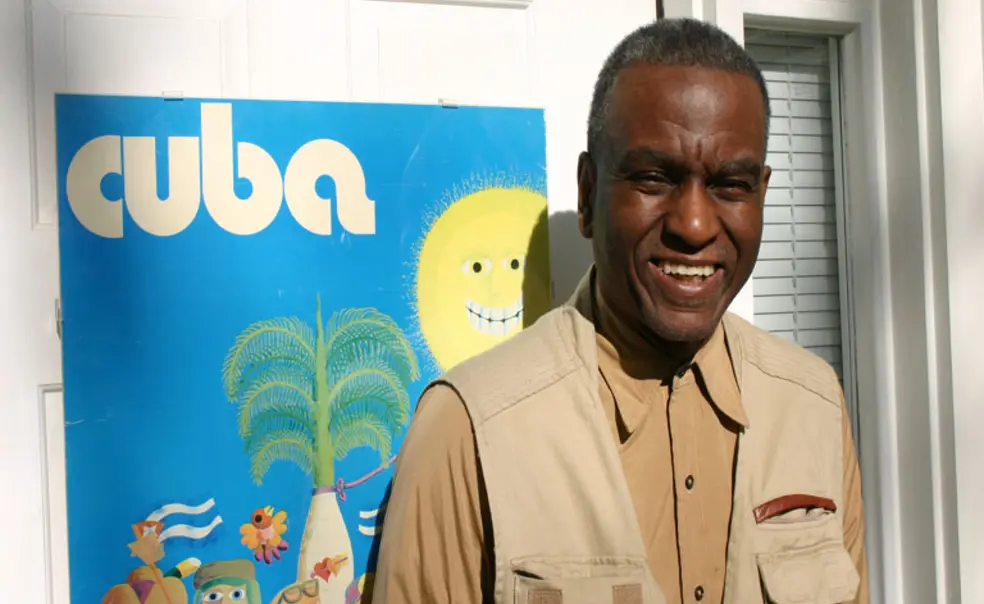The book: Paul Robeson, who was born in “Jim Crow” Princeton in 1898 to a former slave, was called “the best known American on earth” in the 1950s. By the time he graduated from Rutgers University — where he was the only African American student during his years there — and Columbia Law School, he already was on a trajectory to fame as an athlete and actor. But the higher calling of social justice caused Robeson to abandon the arts and become one of the leading political activists of his generation. In Paul Robeson: The Artist as Revolutionary, Gerald Horne ’70 argues that Robeson pioneered the early struggle against segregation, and that his fall enabled black leaders like Martin Luther King Jr. and Malcolm X to emerge.
The author: Gerald Horne ’70 is a professor of history and African American studies at the University of Houston. He is the author of numerous books, including Race Woman: The Lives of Shirley Graham Du Bois and Race War!: White Supremacy and the Japanese Attack on the British Empire.
![Horne T02919[1].png](/sites/default/files/styles/small_272/public/images/content/Horne%20T02919%5B1%5D.png?itok=mq0OCNvG)
Opening lines: “Paul Robeson — activist, artist, athlete — experienced a dramatic rise and fall, perhaps unparalleled in U.S. history. From consorting with the elite of London society and Hollywood in the 1930s, by the time he died in 1976, he was a virtual recluse in a plain abode in a working-class neighborhood of Philadelphia.”
Reviews: Robin D.G. Kelley, a professor of history at UCLA and the author of Thelonious Monk: The Life and Times of an American Original, says, “In this powerful, concise account of one of the greatest internationalists of the 20th century, Gerald Horne returns Paul Robeson to his rightful place in history, squarely at the center of the black freedom movement and the global struggle for human rights.”












No responses yet